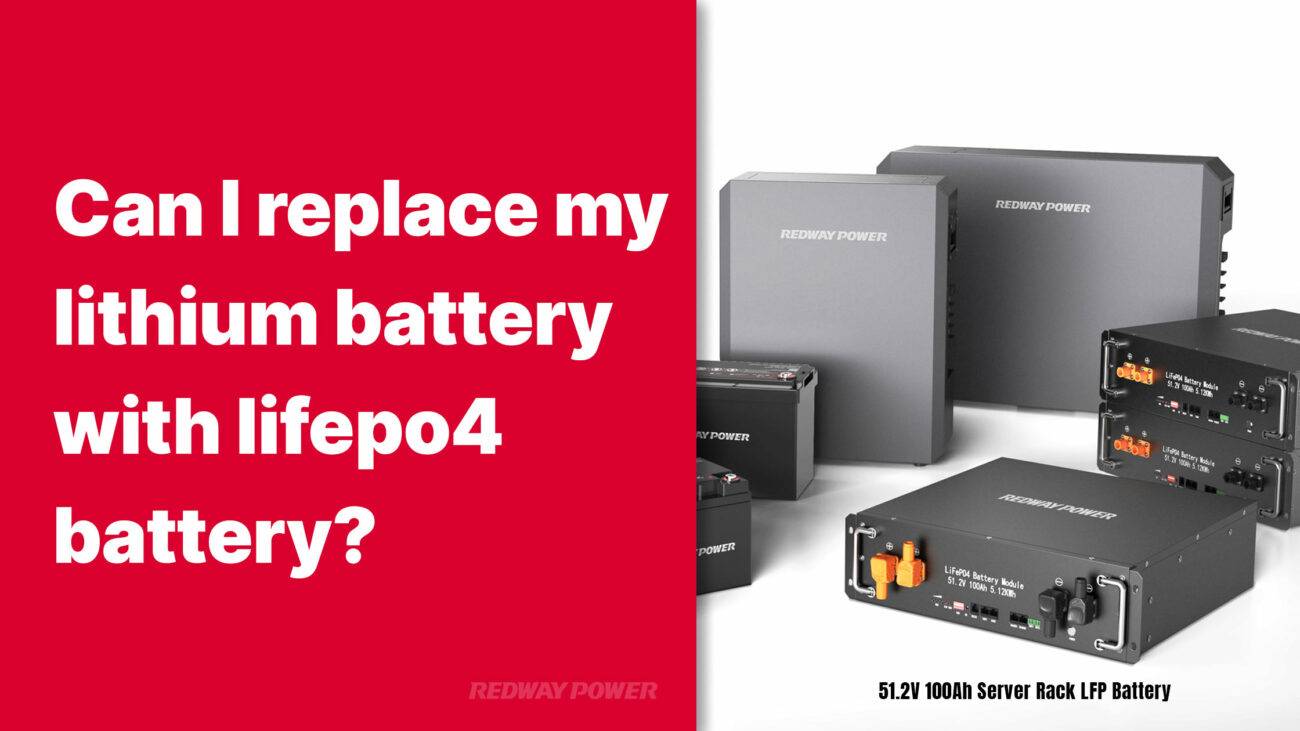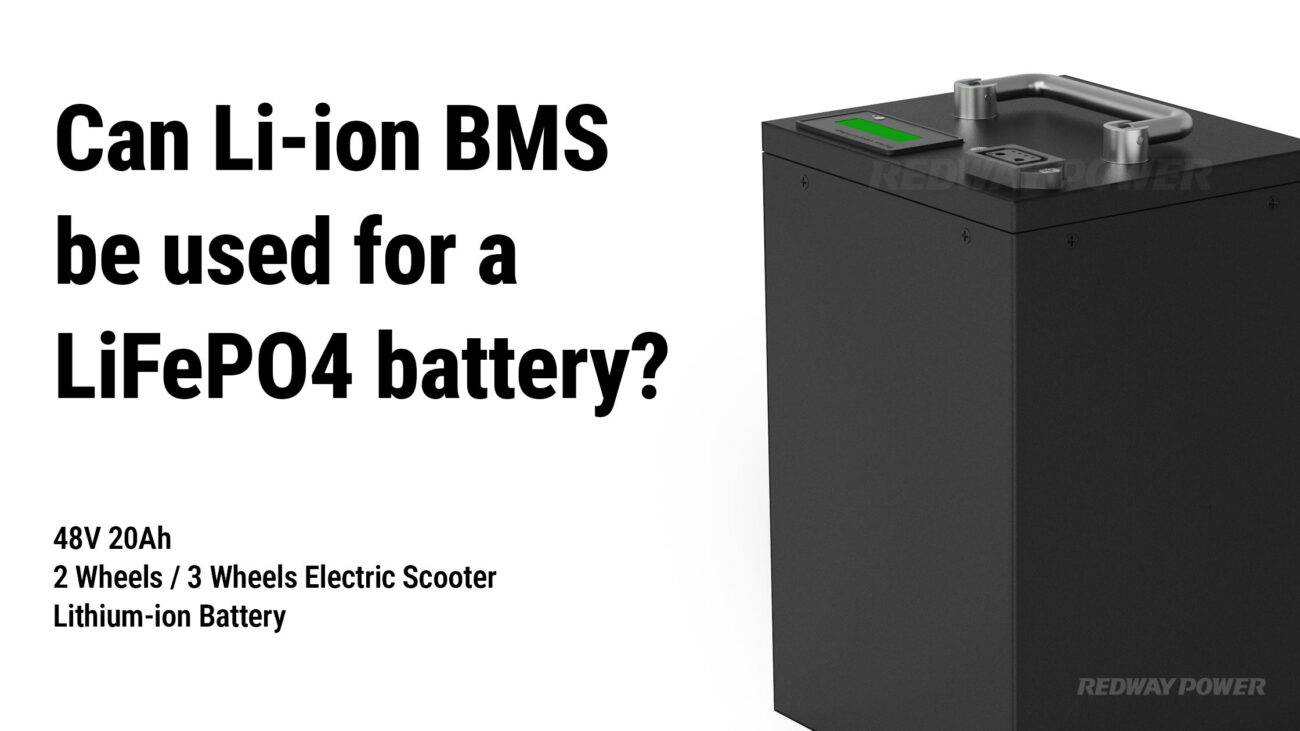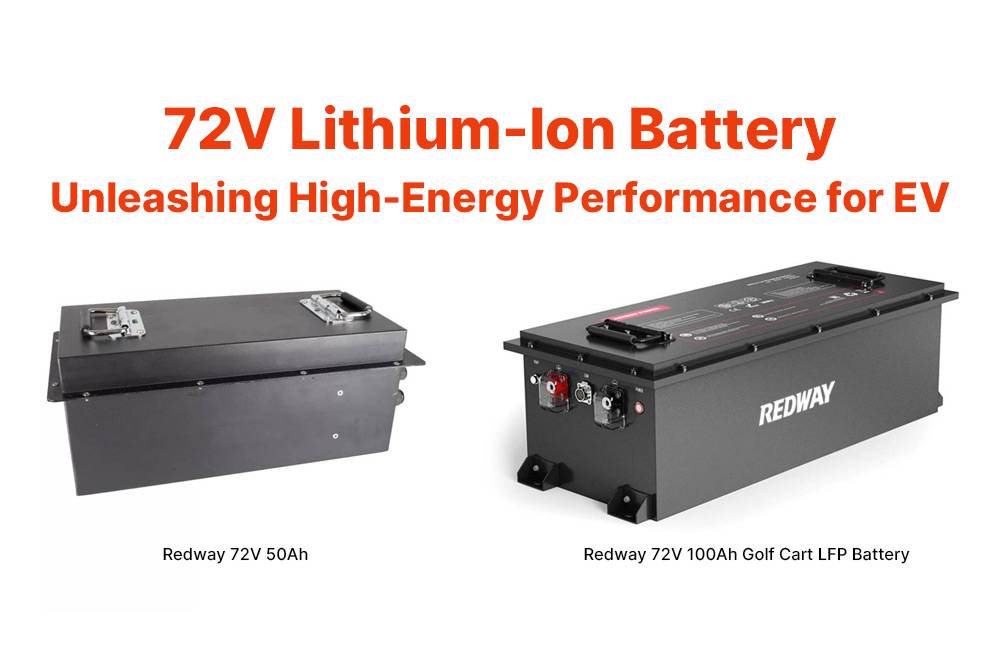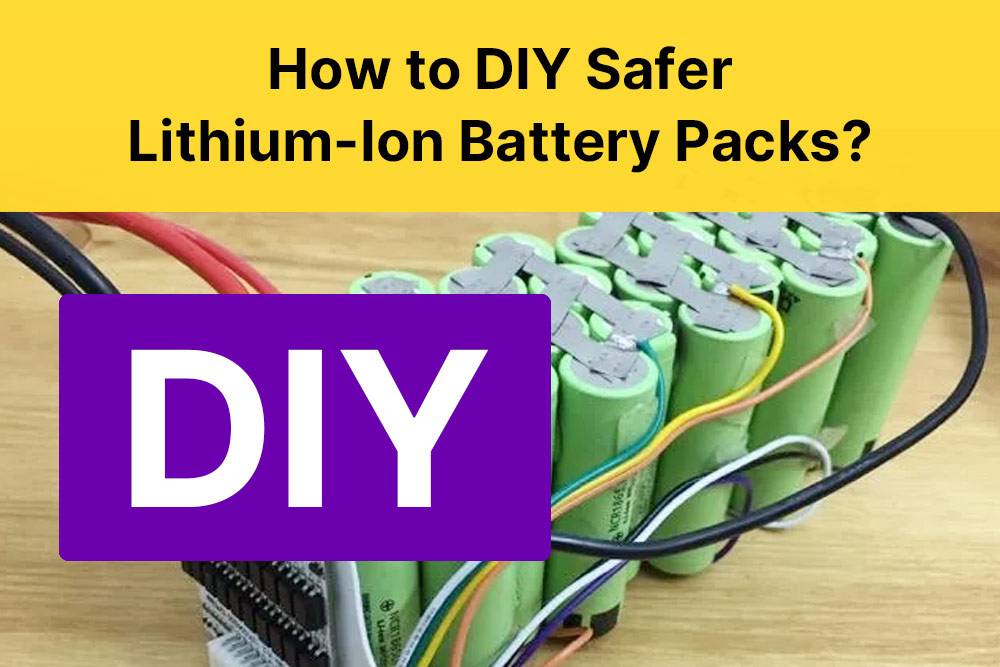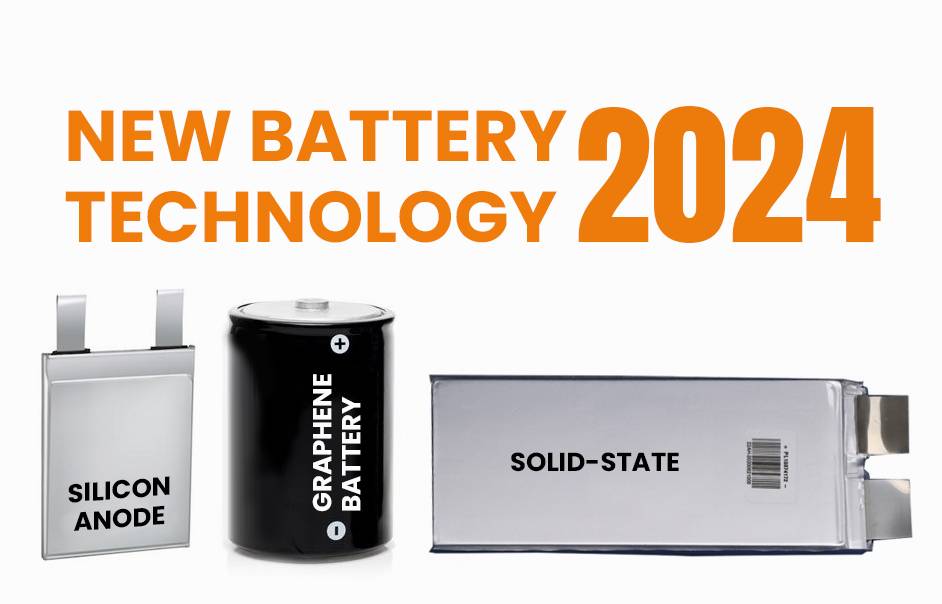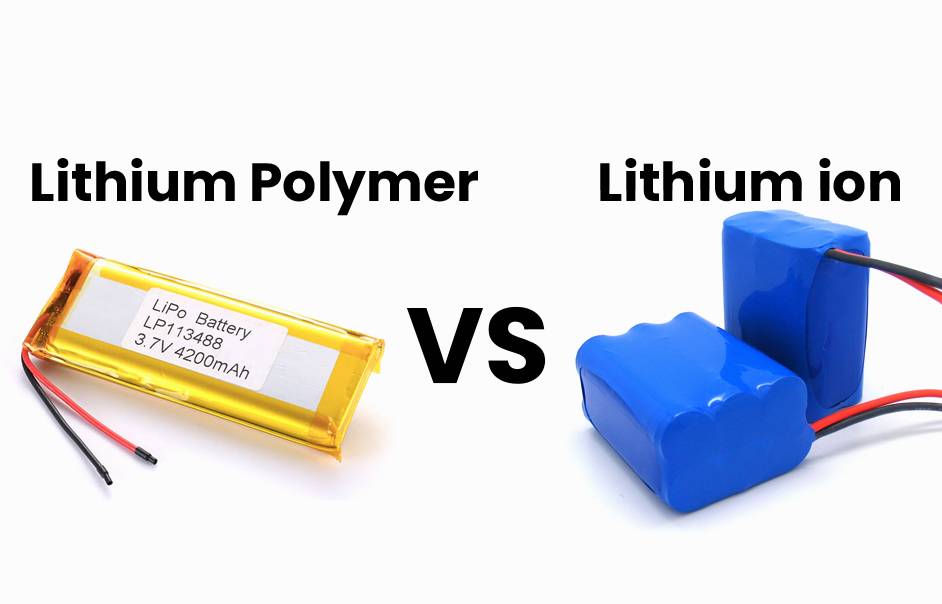- Lithium Golf Cart Battery
- Forklift Lithium Battery
-
48V
- 48V 210Ah
- 48V 300Ah
- 48V 420Ah (949 x 349 x 569 mm)
- 48V 420Ah (950 x 421 x 450 mm)
- 48V 456Ah
- 48V 460Ah (830 x 630 x 590 mm)
- 48V 460Ah (950 x 421 x 450 mm)
- 48V 460Ah (800 x 630 x 600 mm)
- 48V 460Ah (820 x 660 x 470 mm)
- 48V 500Ah
- 48V 560Ah (810 x 630 x 600 mm)
- 48V 560Ah (950 x 592 x 450 mm)
- 48V 600Ah
- 48V 630Ah
-
48V
- 12V Lithium Battery
12V 150Ah Lithium RV Battery
Bluetooth App | BCI Group 31
LiFePO4 Lithium
Discharge Temperature -20°C ~ 65°C
Fast Charger 14.6V 50A
Solar MPPT Charging - 24V Lithium Battery
- 36V Lithium Battery
- 48V Lithium Battery
-
48V LiFePO4 Battery
- 48V 50Ah
- 48V 50Ah (for Golf Carts)
- 48V 60Ah (8D)
- 48V 100Ah (8D)
- 48V 100Ah
- 48V 100Ah (Discharge 100A for Golf Carts)
- 48V 100Ah (Discharge 150A for Golf Carts)
- 48V 100Ah (Discharge 200A for Golf Carts)
- 48V 150Ah (for Golf Carts)
- 48V 160Ah (Discharge 100A for Golf Carts)
- 48V 160Ah (Discharge 160A for Golf Carts)
-
48V LiFePO4 Battery
- 60V Lithium Battery
-
60V LiFePO4 Battery
- 60V 20Ah
- 60V 30Ah
- 60V 50Ah
- 60V 50Ah (Small Size / Side Terminal)
- 60V 100Ah (for Electric Motocycle, Electric Scooter, LSV, AGV)
- 60V 100Ah (for Forklift, AGV, Electric Scooter, Sweeper)
- 60V 150Ah (E-Motocycle / E-Scooter / E-Tricycle / Tour LSV)
- 60V 200Ah (for Forklift, AGV, Electric Scooter, Sweeper)
-
60V LiFePO4 Battery
- 72V~96V Lithium Battery
- Rack-mounted Lithium Battery
- E-Bike Battery
- All-in-One Home-ESS
- Wall-mount Battery ESS
-
Home-ESS Lithium Battery PowerWall
- 24V 100Ah 2.4kWh PW24100-S PowerWall
- 48V 50Ah 2.4kWh PW4850-S PowerWall
- 48V 50Ah 2.56kWh PW5150-S PowerWall
- 48V 100Ah 5.12kWh PW51100-F PowerWall (IP65)
- 48V 100Ah 5.12kWh PW51100-S PowerWall
- 48V 100Ah 5.12kWh PW51100-H PowerWall
- 48V 200Ah 10kWh PW51200-H PowerWall
- 48V 300Ah 15kWh PW51300-H PowerWall
PowerWall 51.2V 100Ah LiFePO4 Lithium Battery
Highly popular in Asia and Eastern Europe.
CE Certification | Home-ESS -
Home-ESS Lithium Battery PowerWall
- Portable Power Stations
Lithium Polymer Battery vs Lithium Ion Battery Comparison

Embark on an exploration of lithium batteries, focusing on lithium polymer (LiPo) and lithium-ion (Li-ion). In the digital era, where devices are integral to our lives, choosing a reliable battery is crucial. This guide compares LiPo and Li-ion, unveiling their characteristics, pros, and cons. Whether you’re a tech enthusiast or a business owner, discover the ideal choice for your needs and get ready to delve into the world of lithium polymer vs. lithium-ion batteries!
Understanding the Differences between Lithium Polymer and Lithium Ion Batteries
- Lithium Polymer (LiPo): Flexible Power Marvel
- LiPo batteries are recognized for their flexibility, catering to slim and lightweight devices like wearables and portable electronics.
- Unlike traditional lithium ion batteries, LiPo batteries can be molded into various shapes to meet specific design needs.
- Lithium Ion (Li-ion): Power-Dense Workhorse
- More widely used across various applications, Li-ion batteries boast higher energy density, packing more power into smaller packages.
- Their construction involves a liquid electrolyte, differentiating them from LiPo batteries with a solid electrolyte, reducing risks of leakage or thermal issues.
- Safety & Performance Considerations
- Safety measures, including overcharge protection, exist in both types. Notably, LiPo cells exhibit better stability under extreme conditions compared to Li-ion cells.
- Despite high energy density and charge/discharge efficiency in both, LiPo batteries are preferable under extreme temperatures.
In essence, discerning the disparities between lithium polymer and lithium ion batteries empowers users to make informed choices tailored to their specific needs.
Characteristics of Lithium Polymer Batteries
Lithium polymer batteries, commonly known as LiPo batteries, have surged in popularity due to their distinctive attributes. This exploration delves into the unique characteristics that set LiPo batteries apart, unveiling their prowess in the realm of portable electronic power sources.
- Flexibility at Its Core:
- LiPo batteries stand out for their flexibility, a departure from rigid lithium-ion counterparts.
- Unlike traditional batteries, LiPo can be crafted into diverse shapes, adapting seamlessly to specific device requirements.
- Power-Packed & Portable:
- Boasting high energy density, LiPo batteries store substantial energy in a compact form.
- Ideal for on-the-go devices like smartphones and tablets, these batteries ensure prolonged usage with low self-discharge rates.
- Swift and Safe Charging:
- LiPo batteries redefine convenience with faster charging capabilities, accommodating higher currents without compromising longevity.
- Equipped with built-in protection circuits, these batteries prioritize safety, preventing overcharging or discharging for prolonged stability.
Versatile Energy Solutions:
- LiPo batteries emerge as versatile powerhouses, catering to applications demanding lightweight design and robust energy storage.
- Their adaptability makes them a preferred choice across a spectrum of electronic devices, delivering efficiency and convenience.
In essence, the distinct features of lithium polymer batteries position them as dynamic and reliable energy solutions for a broad array of portable electronic applications.
Advantages and Disadvantages of Lithium Polymer Batteries
Lithium polymer batteries, often hailed as LiPo batteries, bring forth a wave of advantages and considerations. Let’s uncover the distinctive features that make them a preferred choice for portable electronic devices.
Advantages:
- Lightweight and Flexible Design: Lithium polymer batteries break away from the bulkiness of traditional lithium-ion counterparts, offering a lightweight and flexible composition. This flexibility allows them to seamlessly integrate into various device shapes, a boon for portable electronics.
- High Energy Density: The superior energy density of lithium polymer batteries translates to extended device usage. These batteries can store more power in a smaller space, ensuring prolonged battery life for smartphones, tablets, and wearables.
- Versatility in Design: The adaptable nature of lithium polymer batteries empowers manufacturers to craft sleek and compact electronic designs. Custom shaping enables them to fit into confined spaces or conform to curved surfaces without compromising performance or safety.
Considerations:
- Cost Factor: Lithium polymer batteries come with a higher price tag compared to traditional lithium-ion counterparts. This is attributed to the intricate manufacturing processes required for their unique design.
- Temperature Sensitivity: Extreme temperatures impact lithium polymer battery performance and lifespan. High temperatures may induce swelling or leakage, while extremely low temperatures can temporarily reduce overall capacity.
- Safety Awareness: While modern lithium polymer batteries are generally safe when handled correctly, occasional instances of thermal runaway leading to fires or explosions have been reported. Following manufacturer guidelines for proper charging is crucial to ensure safe usage.
In navigating the realm of lithium polymer batteries, users must balance the benefits with potential considerations, emphasizing safe handling and adherence to usage guidelines.
Characteristics of Lithium Ion Batteries
Lithium-ion batteries, renowned for their superior attributes, are a top choice for various applications. Let’s explore the standout features that make them the preferred power solution.
Characteristics:
- High Energy Density: Lithium-ion batteries excel in storing ample power within a compact, lightweight structure. This high energy density makes them the prime selection for portable devices like smartphones and laptops.
- Low Self-Discharge Rate: Exhibiting minimal charge loss during inactivity, lithium-ion batteries offer the convenience of extended shelf life. Charge them and leave them untouched for weeks or months without significant power loss concerns.
- Long Cycle Life: With the ability to endure hundreds or even thousands of recharge cycles, lithium-ion batteries prove cost-effective and environmentally friendly. Their longevity surpasses disposable alternatives, aligning with sustainable practices.
- High Discharge Rate Capability: Flexing their power muscles, lithium-ion batteries deliver quick bursts of energy. This feature is particularly beneficial in high-performance scenarios, including electric vehicles and power tools.
- No Memory Effect: Liberating users from memory effect constraints, common in older batteries, lithium-ion batteries don’t require complete discharge before recharging. Top-up charging at any convenient moment doesn’t compromise their overall efficiency.
The versatility of lithium-ion batteries spans consumer electronics and industrial landscapes, cementing their status as a reliable and efficient power source.
Advantages and Disadvantages of Lithium Ion Batteries
Lithium-ion batteries, heralded for their widespread usage, boast several advantages and a few drawbacks. Let’s break down the key points for a clearer understanding.
Advantages:
- High Energy Density: Lithium-ion batteries shine in energy storage, offering more power in a compact, lightweight form. This makes them the go-to choice for portable electronic devices.
- Low Self-Discharge Rate: Unlike traditional batteries, lithium-ion counterparts retain power for extended periods even when not in use, ensuring a reliable power source when needed.
- No Memory Effect: Liberating users from the memory effect concern, common in some rechargeable batteries, lithium-ion cells maintain performance regardless of the charging level.
Disadvantages:
- Safety Risks: Improper handling or damage can make lithium-ion batteries unstable, posing safety risks such as fire or explosions. Following proper precautions is essential for user safety.
- Limited Lifespan: Over time and charging cycles, lithium-ion batteries experience a gradual degradation in capacity and overall performance, limiting their lifespan compared to other rechargeable cells.
- Higher Manufacturing Costs: The intricate production processes involved in lithium-ion technology contribute to higher manufacturing costs compared to other battery chemistries.
In Conclusion,
While lithium-ion technology stands out for its energy density and long-lasting power supply, users must be mindful of safety measures and understand the limited lifespan of these batteries. Proper handling ensures safe and efficient usage in powering today’s portable electronic devices.
Comparison between Lithium Polymer and Lithium Ion Batteries
While both lithium polymer (LiPo) and lithium-ion (Li-ion) batteries power our devices, they differ significantly. Let’s unravel their unique features for a clearer understanding.
1. Design Flexibility:
- LiPo batteries boast a flexible design, perfect for slim devices like smartphones. In contrast, Li-ion batteries, with their rigid cylindrical shape, tend to be bulkier.
2. Energy Density Advantage:
- LiPo batteries take the lead in energy density, storing more energy in a compact space. This results in longer battery life for portable devices compared to Li-ion batteries.
3. Safety and Performance:
- Both batteries prioritize safety with built-in protection circuits. However, Li-ion batteries are generally considered safer, less prone to swelling or leaking compared to LiPo batteries.
4. Discharge Rate Capability:
- Li-ion batteries excel in high discharge rate capability, delivering power more efficiently. This makes them ideal for applications requiring peak performance, like electric vehicles or power tools.
5. Weight and Size Considerations:
- LiPo batteries, being lighter and more compact, are preferable when weight and space are critical considerations. Li-ion batteries, while bulkier, offer advantages in discharge rate.
In Conclusion,
The comparison reveals crucial differences in design, energy density, safety features, and discharge rate capabilities between lithium polymer and lithium-ion batteries. Your optimal choice depends on your specific needs, ensuring a harmonious balance of performance, longevity, and safety for your application.
Which Battery is Right for You?
As we’ve delved into the details of lithium polymer (LiPo) and lithium-ion (Li-ion) batteries, the question remains: Which one is the right fit for you? Let’s simplify the decision-making process.
1. Prioritize Flexibility and Design:
- If you value sleek design and flexibility, opt for lithium polymer batteries. Lightweight and moldable, they fit seamlessly into slim devices like smartphones, tablets, and wearables.
2. Emphasize Longevity and Energy Density:
- For those prioritizing longevity and energy density, lithium ion batteries are the answer. Offering higher capacity and extended life cycles, they excel in devices requiring reliable, long-term performance such as laptops, electric vehicles, and power tools.
3. Consider Safety Factors:
- When it comes to safety, lithium-ion batteries have a safer track record regarding fire risks. However, both types have seen improvements, and safety standards are rigorously followed in modern manufacturing processes.
In Conclusion, the decision between lithium polymer and lithium-ion batteries boils down to your priorities—be it a slim design or enduring power. Always refer to product specifications and seek professional advice for an informed decision, ensuring your choice aligns with what matters most to YOU!
Conclusion
Both lithium polymer and lithium ion batteries present distinct advantages and considerations. Lithium polymer batteries excel in portability and safety, fitting sleek devices like smartphones, although they have a slightly lower energy density. Conversely, lithium ion batteries offer superior energy density and longer life, suitable for larger applications. Tailor your choice based on specific needs – prioritizing portability or performance. Regular advancements promise enhanced capacities, safety, and eco-friendliness, emphasizing the importance of staying informed for wise electronic device power choices.













